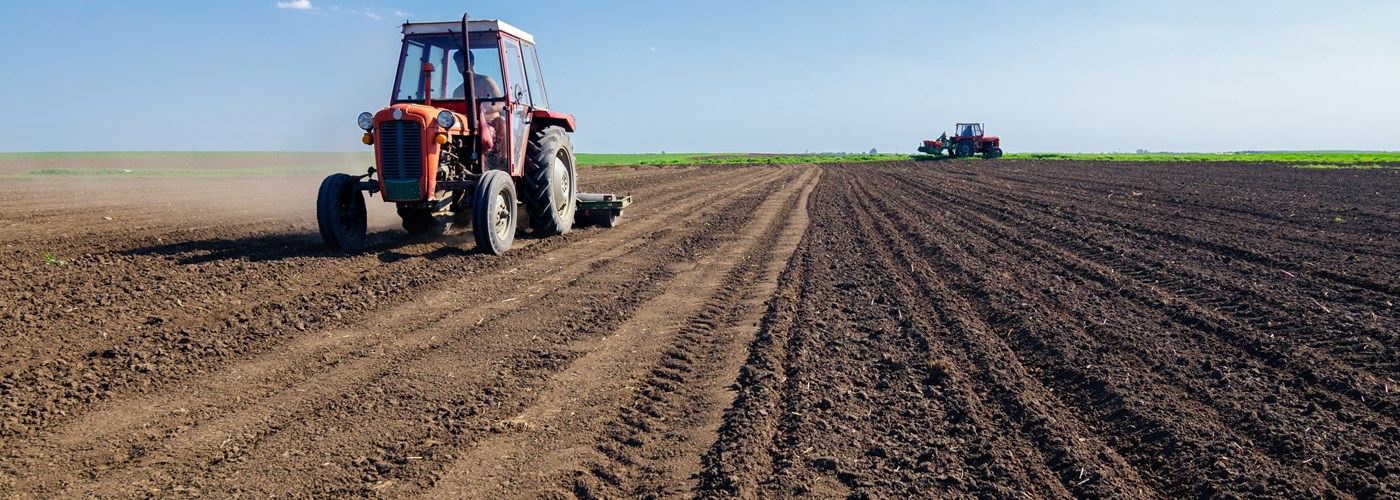
Soil is the place of development of the vegetation and crops to be produced. For this reason, it's a complex system of solid material, accompanied by a porous space where water and air circulate through the pores, and where numerous microorganisms are present and develop.
Preparing the soil for planting is very important so that the cultivated areas have good results and do not cause problems in the future. The care taken before and at the beginning of planting reflects on the health of agricultural areas, and therefore is decisive to achieve good profitability and stability.
SoilSoil is the place of development of the vegetation and crops to be produced. For this reason, it's a complex system of solid material, accompanied by a porous space where water and air circulate through the pores, and where numerous microorganisms are present and develop.
Importance and benefits of previous preparation (Before Sowing)
Very sandy soil allows quick drainage; soil containing a lot of clay makes it difficult for water to penetrate and reach the roots of the plants. The ideal soil, called loam soil, is friable and well ventilated, with a lot of humus (organic). In loam soil, the roots of the plants can travel long distances in search of nutrition to sustain the biomass leaves as well as the coloring of flowers.
Soil is a renewable natural resource that plays a fundamental role in agricultural productivity, as it carries in its composition the essential nutrients for plants.
Previous preparation of the soil brings several benefits to production, such as:
1- Improves porosity, allowing more water and nutrients to enter the root zone.
2- Reduces run-off compared to hard, crispy soil.
3- Provide oxygen to the roots of the plants.
4- Encourages roots to spread and develop into a robust underground network to absorb vital nutrients and moisture.
Tillage
Tillage is defined as the mechanical manipulation of soil for crop production purposes, significantly affecting soil characteristics such as soil water conservation, soil temperature, infiltration processes and evapotranspiration.
Tillage Types
Tillage operations generally used in land preparation for sowing can be divided into two categories: primary and secondary tillage.
Primary tillage is also subdivided into:
a) Deep tillage (using a plough);
b) Subsoiling (using subsoiler);
c) Year-round tillage (using a plough).
Harrowing
Harrowing is the step of preparing the soil for agricultural cultivation after tillage. After tillage, the soil may still contain many clods, which would difficult the development of seeds and the establishment of crops. By harrowing, clods are broken down and the soil surface becomes more uniform.
Fertilization
Fertilization is the application of any organic or inorganic material of natural or synthetic origin to the soil to provide one or more essential elements for plant growth. Correct fertilization increases yield, quality (nitrogen content), and gains.
There are three basic ways to replenish nutrients removed from the soil. One way is to recycle nutrients, mainly through animal waste. Another way to replenish soils is to obtain and apply fertilizers (whether liquid or granular). And the third form is through microbial action, such as the fixation of nitrogen. Producers should understand and use all three methods to achieve maximum fertility with minimal cost and environmental damage.






